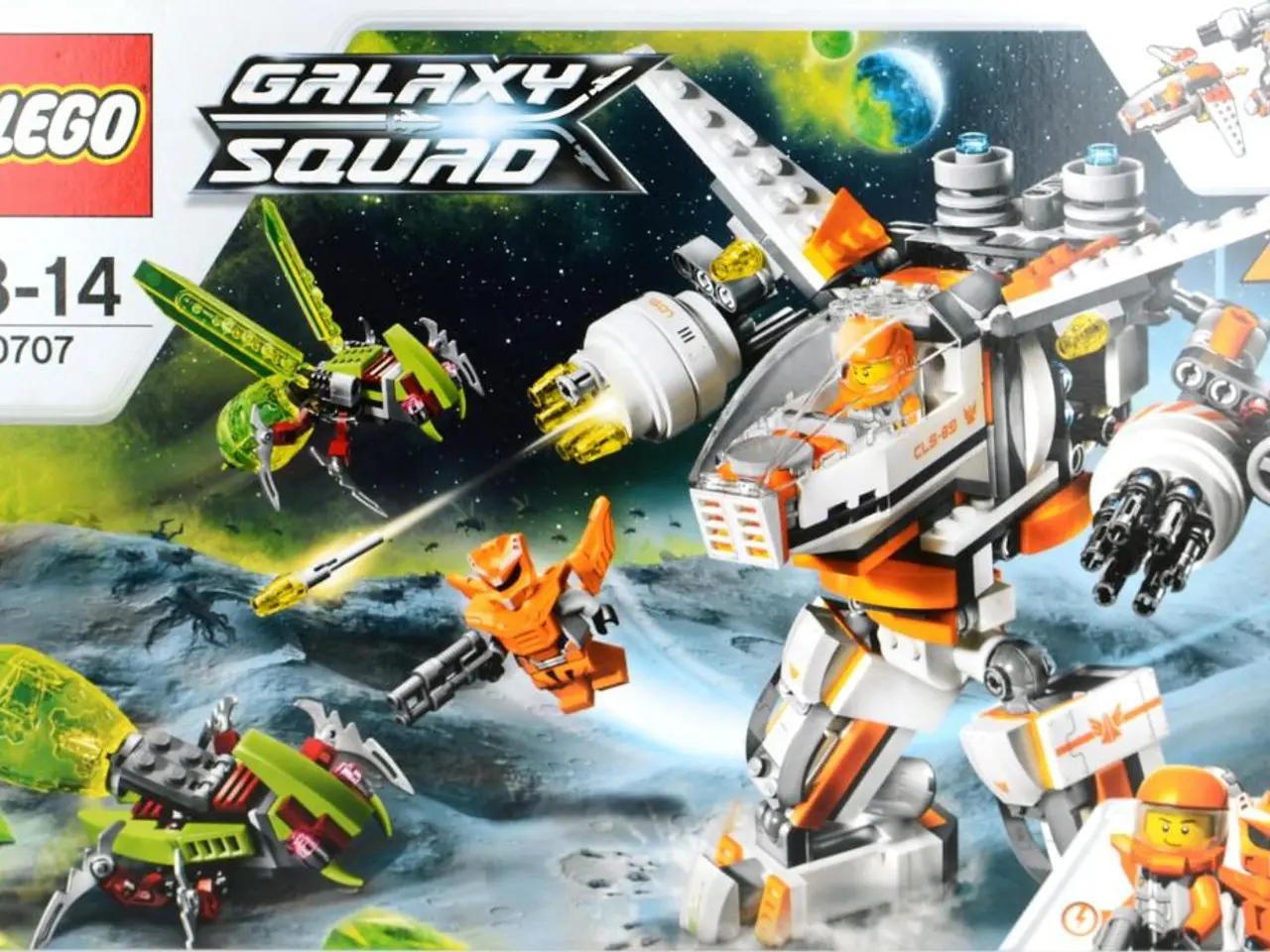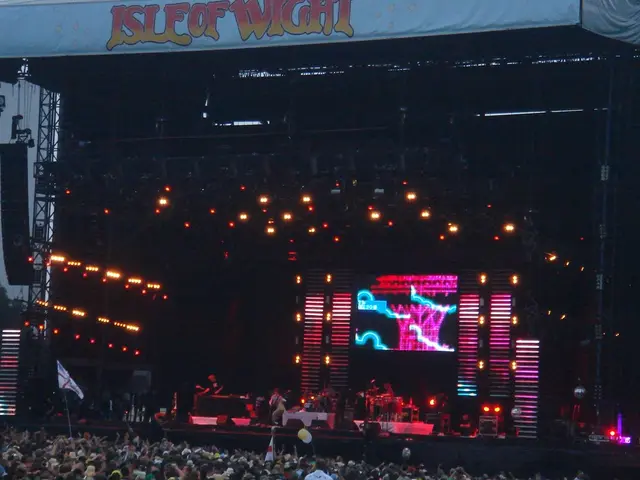Toyota Advances Lunar Investigations with Human-Friendly, Pressurized Lander
In a groundbreaking collaboration, Toyota Motor Corporation and the Japan Aerospace Exploration Agency (JAXA) have joined forces to develop a lunar rover. The project, aimed at exploring the moon and potentially paving the way for future missions to Mars, is set to revolutionise space travel.
The lunar rover will need to offer driving performance and automated driving functions to help the crew safely arrive at their destinations. This is particularly crucial for customers who travel in remote areas where roads are scarce, as vehicle reliability can be a matter of life and death.
The acronym CASE - representing automated driving, artificial intelligence, and connected technology - is being used in this project. These technologies, along with traditional quality, durability, and reliability, are essential for the lunar rover's success. Toyota, renowned for its commitment to quality and durability, aims to uphold these standards in the lunar rover project.
One of the key features of the lunar rover will be the use of fuel cell technology. This technology, which has been used in space missions since the Gemini mission in 1965, will provide the necessary energy for the rover's travel. The rover is planned to travel up to 1,000 km on one fill of the hydrogen tank.
The rover will generate electricity using solar photovoltaic panels and store electricity for use in the operation of electronic devices outside of vehicle movement. Toyota plans to equip the lunar rover with its next-generation fuel cell to secure the amount of energy needed for travel.
If lunar water can be utilised, it could offer a secure supply of energy for human activities in space. Solar photovoltaic panels could be used for electrolysis, splitting hydrogen and oxygen to be stored as fuel, then used to generate electricity. The byproduct would be water, which could be used for living or as a source of electricity.
Dr. Koichi Wakata, JAXA Vice President and Astronaut, introduced JAXA's vision for an international space exploration program. The rover's missions are anticipated to be in the early 2030s and will be wheeled vehicles capable of travel across the moon's surface.
JAXA and Toyota are in discussions about a manned, pressurized rover for the moon. The rover is expected to have atmospheric pressure suitable for humans to spend time inside without the need for a space suit. The exact date of the presentation of the manned, pressurized vehicle for lunar missions was September 16, 2023.
Toyota is also involved in the "5 Continents Drive Project", providing vehicles for customers worldwide. The company aims to visit all five continents again, with a focus on understanding global road conditions to improve vehicle design.
The international space symposium in Tokyo discussed a space exploration program aiming for the moon and Mars. With Toyota's commitment to quality, durability, and reliability, and JAXA's vision for space exploration, this collaboration promises to push the boundaries of what is possible in space travel.
Read also:
- Peptide YY (PYY): Exploring its Role in Appetite Suppression, Intestinal Health, and Cognitive Links
- Toddler Health: Rotavirus Signs, Origins, and Potential Complications
- Digestive issues and heart discomfort: Root causes and associated health conditions
- House Infernos: Deadly Hazards Surpassing the Flames








